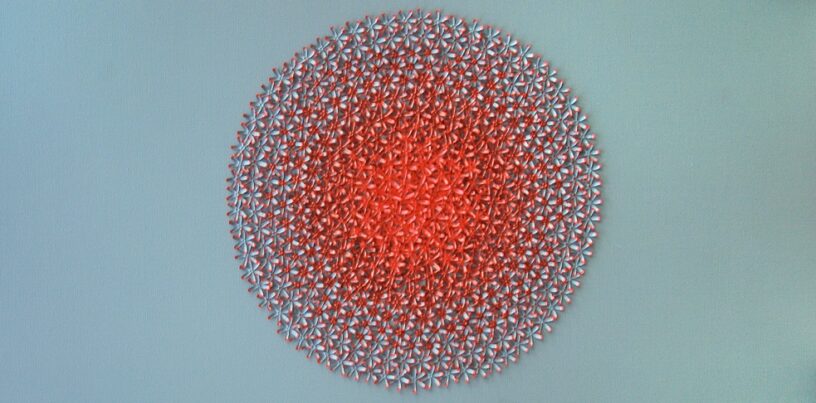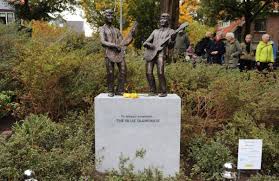
On Ida Ivanka Kubler’s canvases you see circle settings consisiting of an abundance of painted and sculptured silk cocoons. Kubler transforms cocoons left behind by the silk moth from their original identity into trancendent assemblages of colors.
Ida Ivanka Kubler made a whole series entitled ‘The Birth of An Idea’. Kubler: “Cocoons are the main material of my Birth of An Idea series. Silkworms spin around themselves 10,000 times to make a cocoon. They will only create a cocoon in complete silence. My artwork communicates this creative silence to the viewer, illuminating a pathway to one’s own inner gifts.”
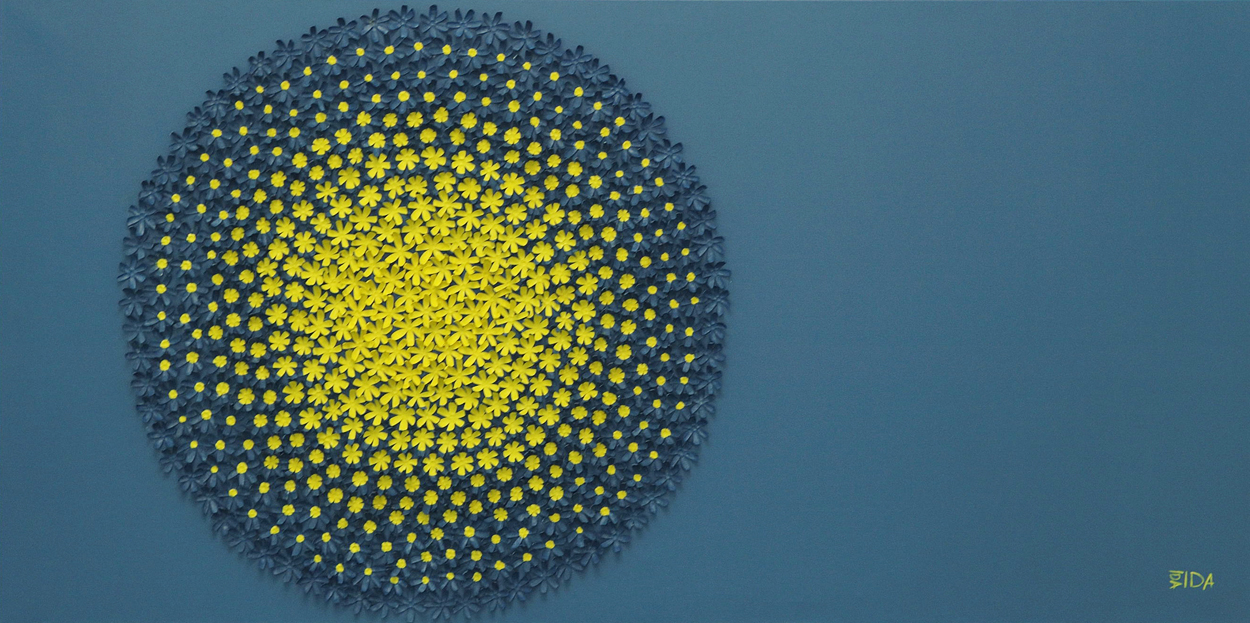
Farm in Bulgaria
It works beneficial to those who look at it, she says. “My artwork creates portals of possibilities that allow viewers to recognize a hidden portion of themselves; it leads them to an inner zone of tranquil beauty.”
How did this subject come on her path? Ida Kubler: “Cocoons and art were my childhood toys and safety net. I grew up in my grandparents’ sericulture (silkworm breeding farm) in Bulgaria at the border with Greece during Communist times. My days were filled with work and very few toys. My grandfather impressed upon me the need to be completely silent when I was around the silkworms; this fascinated me. At the age of five, I made my own toys by painting little faces on abandoned cocoons. Later, I crushed some red bricks and mixed the powder with water to create a beautiful reddish orange color that I then applied to the abandoned cocoons to create little cocoon sculptures.”
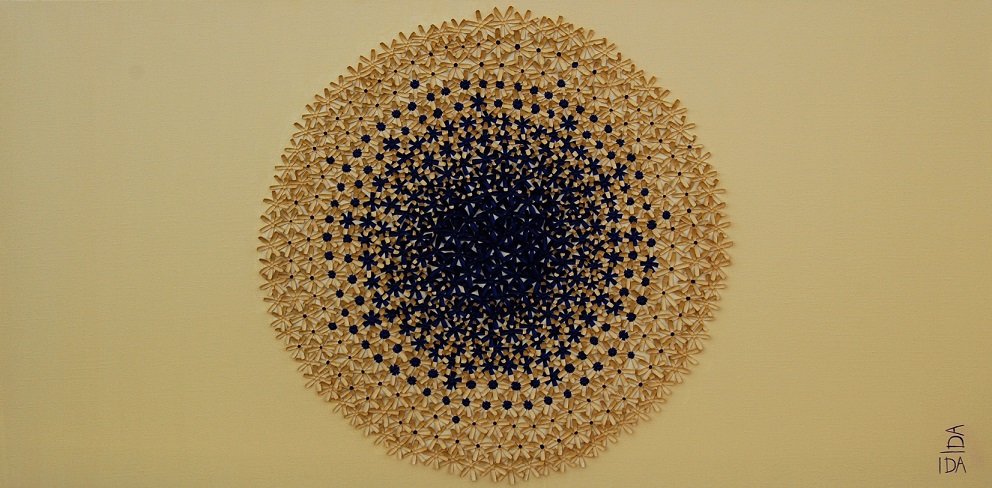
Five hundred people involved
She has numbered the Birth of an Idea series with roman numerals. There are about seventy works and the series has not ended yet. Is there a key work to designate? That is the case. Ida Kubler: “I would say Birth of An Idea LXV. Birth of An Idea LXV (see image 4) is not only the largest piece in the series to date (100” x 50”), it was the first work to be commissioned by a charity. This charity is located in San Francisco, California; it transforms treatment areas in hospitals into havens of beauty and creativity. The artwork contains approximately 500 cocoons. Five hundred people were involved in the creation of this piece and in the financial support for the organization. Each cocoon has the name of the participant inscribed inside it. The colors are bright cadmium yellow in the middle to symbolize strength, and king’s blue in the background to symbolize communication.”
This piece was inspired by the simple forms, strong colors and large-scale size of Rothko’s works, she says. “In this way, the viewer “enters” the artwork’s subliminal atmosphere of hope and healing.”
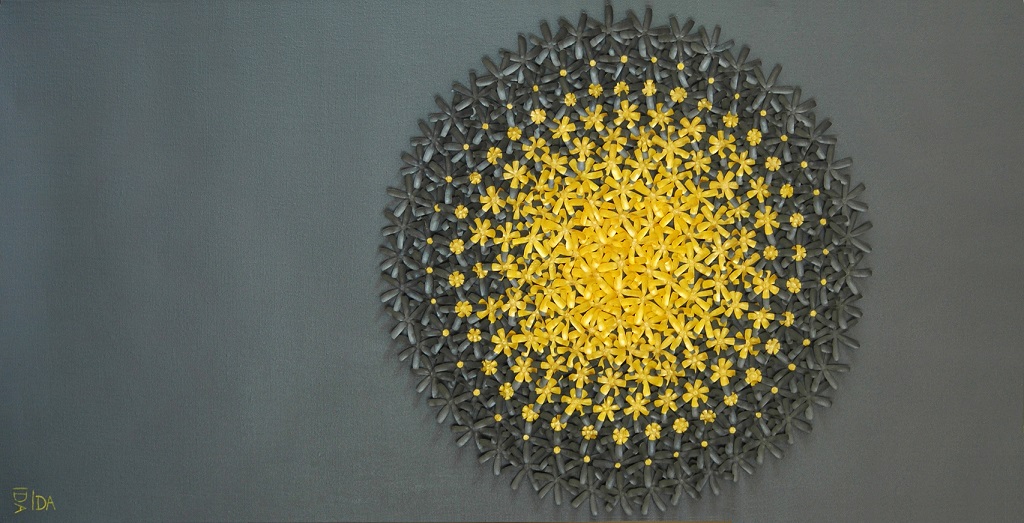
Children’s art school
How did she become an artist? “I think one is born an artist and you decide whether or not to ignore this gift: To choose between the pain of discipline or the pain of regret. I chose the joy of discipline!
My earliest formal training was at the age of six when my mother took me to Peace Flag, the leading children’s art school in my home town of Haskovo. While still a small child, I learned the techniques for drawing/painting still lifes, landscapes and figurative art. I even learned how to restore church murals. I studied at Peace Flag for eight years and then went to a nearby, private art school twice weekly for eight hours each day in preparation for applying for the National Academy of Arts in Sofia, Bulgaria.
Her most influential studies as an adult were at this Academy in Sofia, the University of Applied Arts in Bielefeld, Germany, and at Chelsea College of Arts in London, UK.
“My earliest professional art show was at the age of 14, at The Union of Artists in my hometown. Those first sales were very exciting and encouraged me to pursue a career as a professional artist. Subsequent exhibitions in Bulgaria and Germany offered further encouragement to continue along this career path.”
In 2012 she had her most successful solo exhibition in Westbourne Grove Church Artspace in Notting Hill, London. “This was my first fully sold out exhibition. These sales financed my move to New York City. My art career has continued to flourish here in the USA via private commissions and gallery sales both in the US and abroad.”
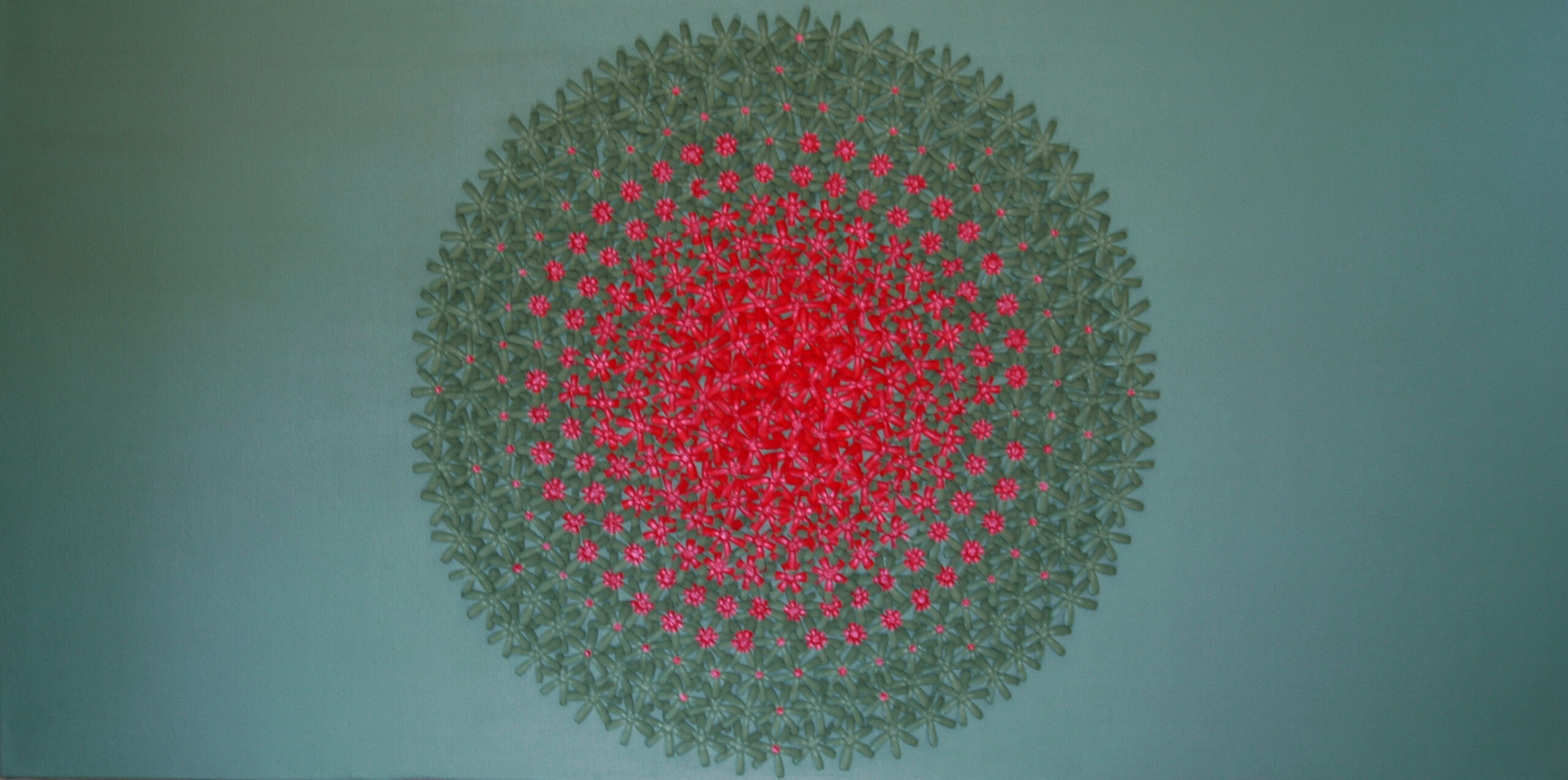
Dutch professor
Does she have a philosophy or a special thing about art in general and her art art in particular? She has. Ida Kubler: ”Once I had a Dutch professor at the University of Applied Arts in Bielefeld, Germany, who said, “If you wish to follow a genuine art idea, try to pretend you know nothing in the creation process, as though you just fell off another planet — as though you were just born and you get to create your own rules. In the realization process, then you can use all the knowledge and training that you have gathered from this World to express this idea.”
“From this sage advice, I learned not be drawn to rules or habits, but to create outside my comfort zone, and then apply my training to realize the artwork. In this manner, I feel empowered to experiment with new materials and artistic expressions.”
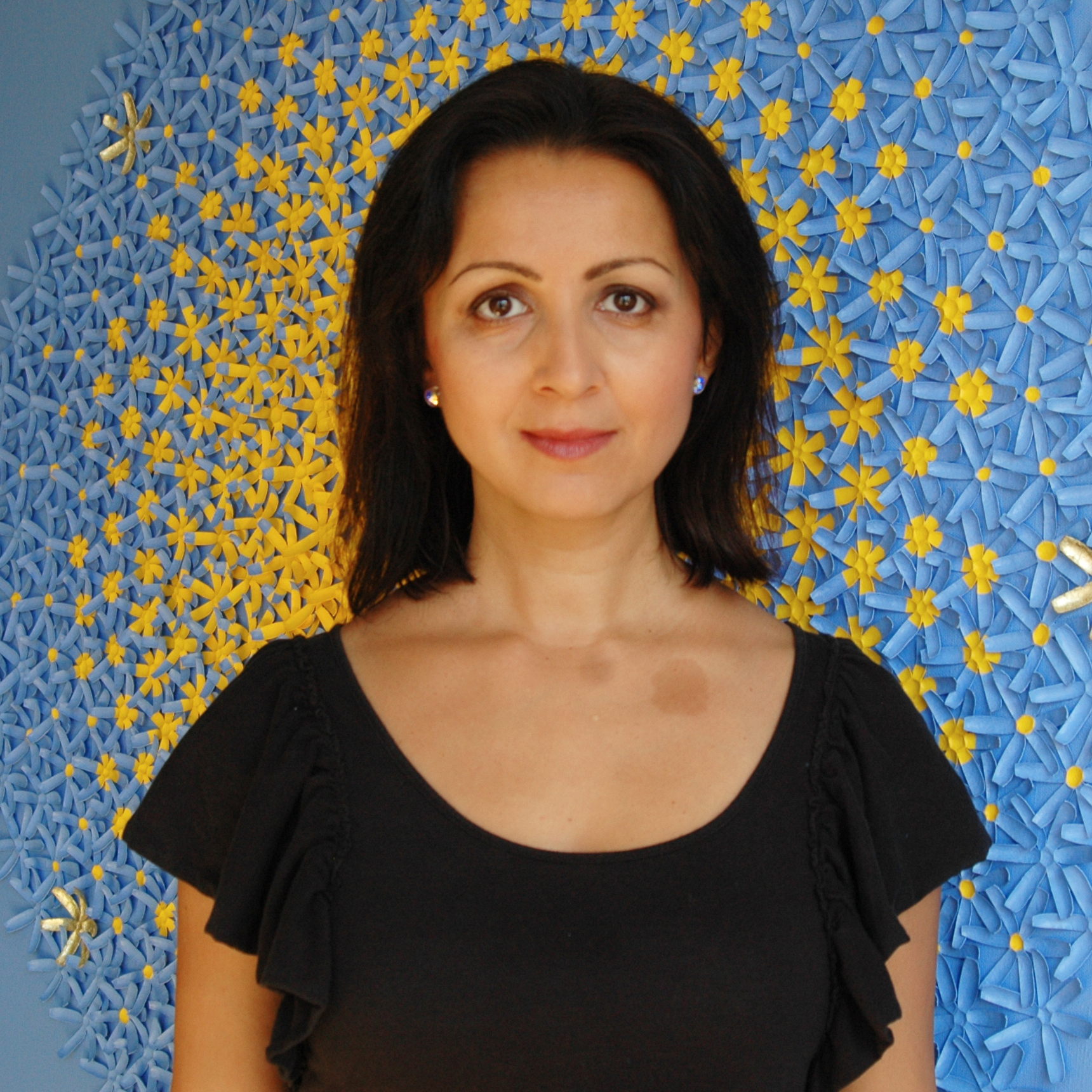
Image 6: Ida Ivanka Kubler, portrait
First published 2018.

